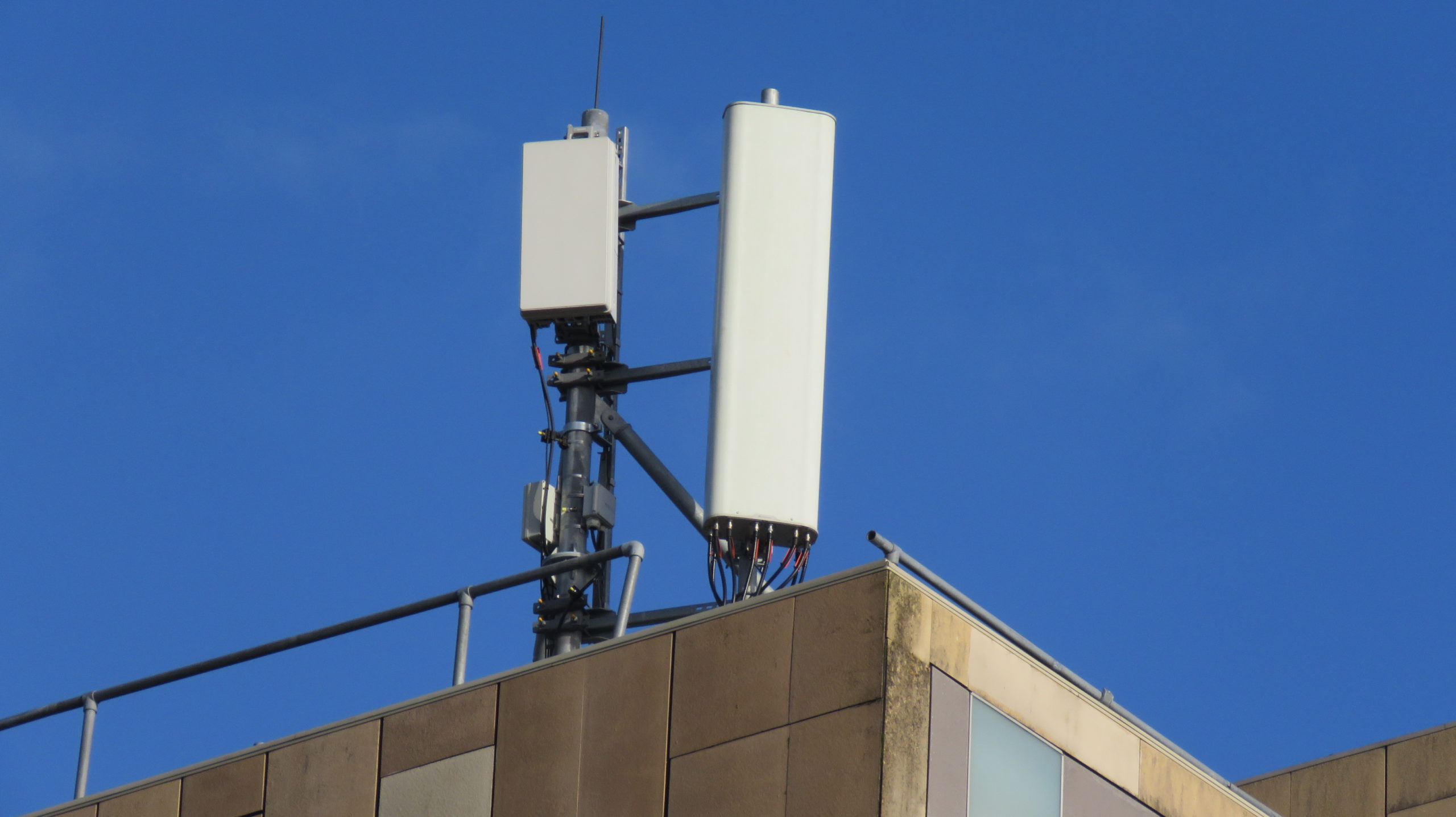It was last year when Cristina Data, Director of Spectrum Policy & Analysis at the British regulator Ofcom, said that “sharing [spectrum] will become more important when we’re trying to enable (6G) use cases in society. Even earlier, in 2020, experts were already discussing the importance of spectrum sharing for future networks.
Now another advocate for this approach calls for a step further. “One of the things I would like to throw out here to consider is the idea of 6G being sharing-native,” argued Monisha Ghosh, Professor at the University of Notre Dame and policy director for SpectrumX, during her talk at the 6GSymposium Spring 2024.
According to Ghosh, up to two-thirds of some mid-band spectrum in the United States is allocated for federal applications. As sharing solutions start encroaching on commercial wireless on these bands, the industry will have to deal with new challenges.
Let us take CBRS as an example—a shared band that sits between two exclusively licensed bands in the US. The primary sharing happens with the Navy, with the government leaving it to deployers to figure out the secondary sharing. Then you have the third tier, called General Authorized Access (GAA), which belongs not to MNOs but to entities such as school districts.
“The problem is that when you deploy a network in CBRS with a certain set of channels, and somebody else deploys a network in an adjacent channel, some things need to happen,” the professor explained.
“There is a big problem with TDD when you’re trying to deploy it in a shared spectrum. The TDD splits [uplink and downlink], and the channels have to match. You cannot have one channel trying to do a downlink while you’re trying to do an uplink on an adjacent channel.”
Ghosh said that her team has been measuring these shared deployments, and the results show how difficult it could be to manage the situation. It becomes even worse when considering nationwide networks.
“This is a fact I don’t think people recognised as much when 5G was being deployed. 5G enables many TDD splits. You can have one downlink, seven uplink [or] seven downlink, one uplink, for example. However, there’s only one TDD split that can be implemented across the country because all of these 5G operators’ bands are right next to each other, and there’s no way that one operator can do a different split from others.”
Her other concern regards verticals. “In my mind, there’s no way any of those vertical applications – other than consumer broadband – can be supported in the current way that 5G is specified,” she argued.
“As we look forward into 6G, and if we recognise that a lot of 6G will be used for vertical applications that are not downlink-heavy, we must think about our spectrum policies and how we support an application that’s uplink-heavy right next to a channel that is downlink-heavy. Our current 5G specification doesn’t do it at all.”
Ready from the Beginning
The solution for those problems? According to the expert, taking a different approach to design. “I personally think that developing 6G as a specification that, from day one, can operate in shared spectrum as efficiently as it does in exclusively licensed spectrum is increasingly important.
“When we talk about sharing, we think about co-channel a lot, but it’s not that. It should also be about the adjacent channel. When you’re a high-power cellular system, it’s not just what you’re doing in your channel; it’s what is in this channel next to you that matters.”







